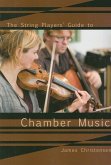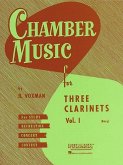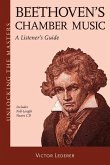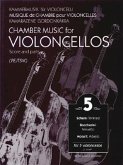Traditionally, it's the music that speaks from the stage, not the musicians themselves. By the beginning of the 20th century, the concert hall and the music chamber were no longer regarded as appropriate venues for loud conversing, heavy drinking, reckless gambling, and high-society ogling. The concert, formerly regarded as a means of light if elegant entertainment, had become a sacred rite. Musicians and audience members alike were now expected to sit down, shut up, and focus solely and worshipfully on the music. If you were surprised or confused by the music, nobody could help you-except the person who had written the explanatory notes in the printed program you clutched in your hands. Today, the atmosphere is a bit more casual, though thankfully not the free-for-all it had been in the 18th century. Performers seem more relaxed; their dress is often more laid-back, their body language looser. And many of them are eager to say a few unscripted words to the audience, especially if they are introducing unfamiliar music. Quite frequently now, an ensemble will arrive in Tucson for an Arizona Friends of Chamber Music concert expecting to give some introductory remarks about a new or unusual composition they're about to play. Then they open the printed program, read Nancy Monsman's notes, and realize that all the essential information is already there. They end up telling a couple of amusing anecdotes and urging that people learn more by reading, in their words, "the excellent notes in your programs." resources, and I have strong opinions about how notes should be written. It is my strong opinion that Nancy Monsman's program notes are models of clarity and concision, providing exactly the information you need before the music takes over. When you're seated in the concert hall, waiting for the downbeat, you don't have much time to read up on what you're about to hear. There's no way you could get through a chapter of cultural background on each piece, followed by a detailed technical analysis. You need notes that, in a very few paragraphs, can set the scene for the composer and the composition, then provide just enough detail to help you find your way through the music you are about to hear. Nancy's notes provide exactly that sort of guide. And now we are proud to present that guide in a format you can consult at your leisure, and at your pleasure, particularly if you'd like on your own to trace a composer's career more systematically than you can in a single concert. Let this be your knowledgeable companion as you explore the puzzles and delights of European chamber music. JAMES REEL President, Arizona Friends of Chamber Music








